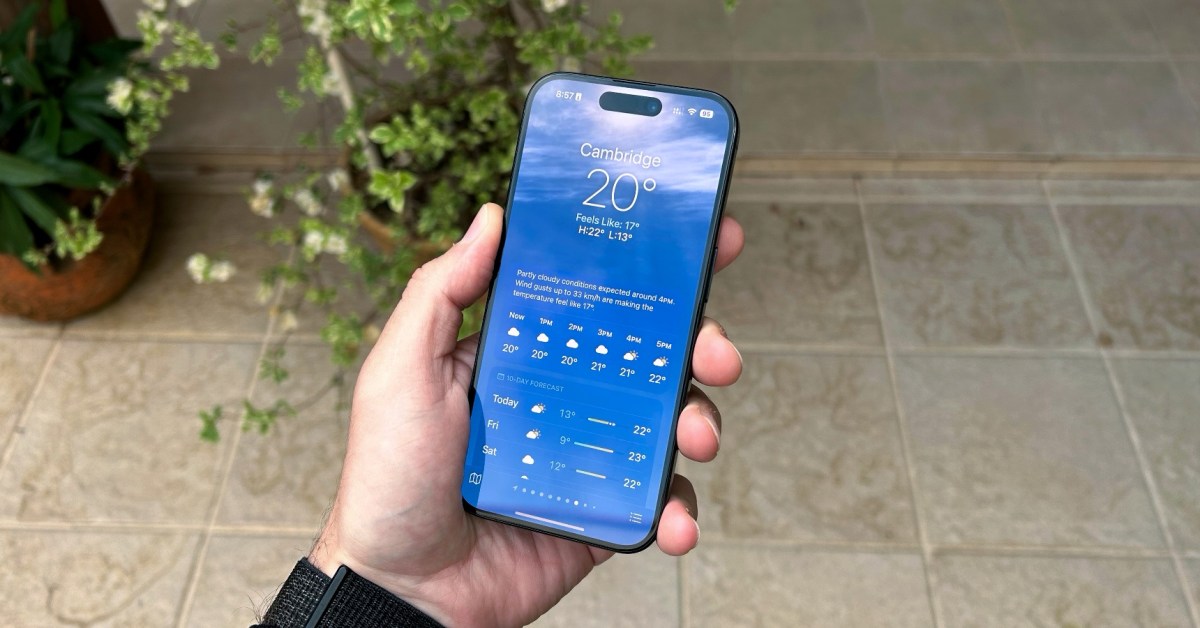
We now know Apple’s major iPhone 20 redesign won’t just be a folding screen
- 5 hours ago
- bgr.com
- Keywords: No companies mentioned
Apple’s upcoming iPhone redesign will feature separate products: the foldable iPhone Fold in late 2026 and the iPhone 20 in 2027. The iPhone 20 aims to mark its 20th anniversary with a design that hides Face ID and front camera sensors, differing from earlier rumors of a folding screen.